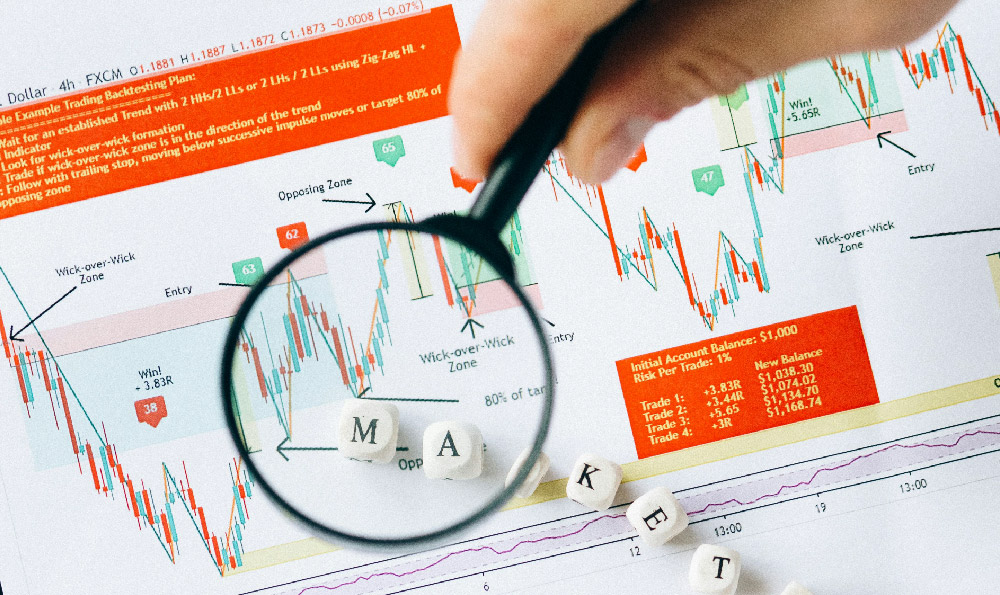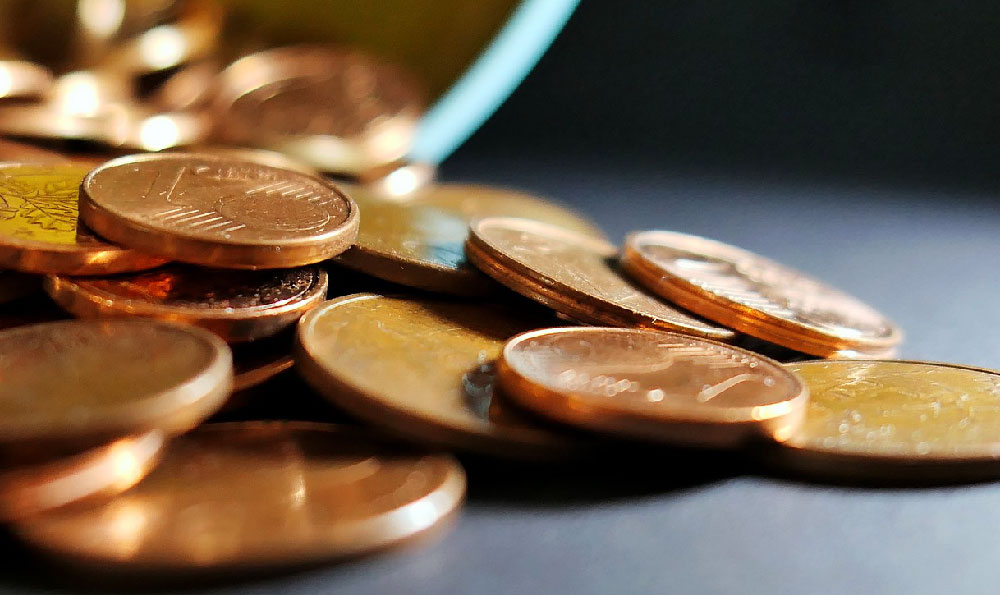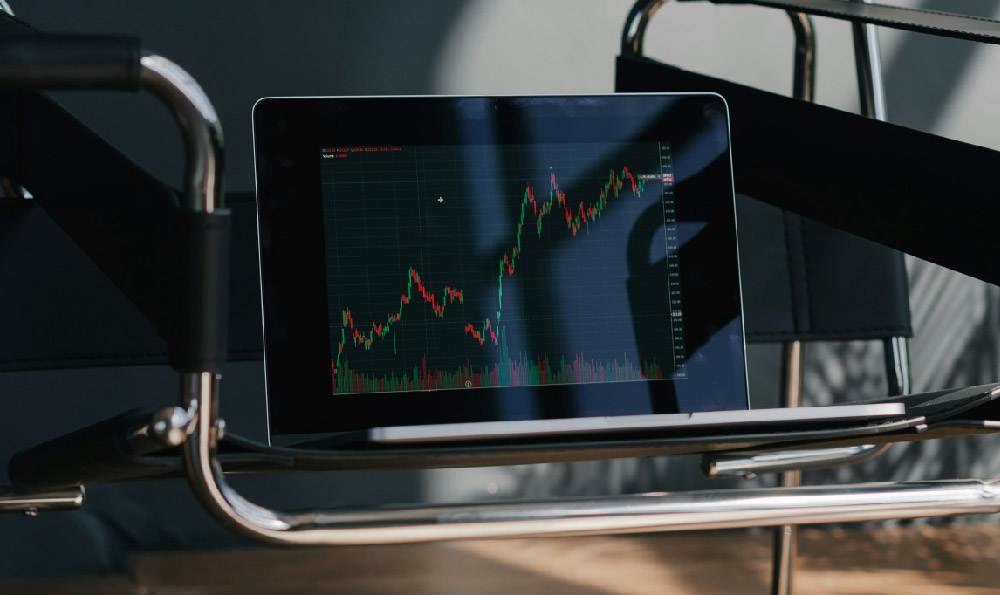The question of whether Pokemon cards are a goldmine is a complex one, steeped in nostalgia, market speculation, and genuine collector interest. The short answer is: potentially, but with significant caveats. While some cards have indeed fetched exorbitant prices, turning a significant profit requires knowledge, patience, and a healthy dose of realistic expectations. Treating Pokemon cards as a surefire investment, without due diligence, is a recipe for disappointment.
The market for Pokemon cards is driven by several factors. First, the sustained popularity of the Pokemon franchise itself. Decades after its initial release, Pokemon remains a global phenomenon with dedicated fans across multiple generations. This inherent demand provides a base level of value for many cards. Second, rarity plays a crucial role. Cards with limited print runs, errors, or unique characteristics command higher prices. Factors like holographic foils, alternate artwork, and limited edition releases all contribute to a card's collectibility. Third, condition is paramount. A pristine, mint-condition card will always be worth significantly more than a damaged or heavily played one. Collectors are meticulous about grading, and professional grading services like PSA (Professional Sports Authenticator) and Beckett Grading Services (BGS) provide independent assessments of a card's condition, further impacting its value. Fourth, nostalgia and emotional connection are significant drivers. Cards from the original Base Set, released in the late 1990s, often hold a special place for collectors who grew up with the game, driving up their value.
So, how can you potentially sell your Pokemon cards for profit? Here's a comprehensive guide, focusing on maximizing returns and mitigating risks:

1. Inventory and Assessment: The first step is to thoroughly assess your collection. This means meticulously cataloging each card, noting its set, rarity, condition, and any unique characteristics. Tools like the TCGplayer app or websites like PriceCharting can help you research current market values. Be realistic about condition. Don't assume a card is "near mint" simply because it looks good to you. Use a magnifying glass to inspect for scratches, creases, edge wear, and centering issues. Accurate assessment is crucial for setting realistic expectations.
2. Determining Rarity and Value Drivers: Understanding the different types of cards and their associated rarity is essential. Common, Uncommon, and Rare cards typically have lower values, unless they are part of a highly sought-after set or feature a popular Pokemon. Holographic cards are generally more valuable than non-holographic ones. Secret Rare cards, indicated by a star symbol and a number higher than the set's total number of cards, are often the most valuable. Look for error cards (misprints, alignment issues) which, if documented and authentic, can be worth a premium to niche collectors. Also, consider promotional cards given out at events or included with specific products – these can often hold significant value if they were limited in distribution.
3. Grading Consideration: If you believe you have cards in excellent condition, consider getting them professionally graded. A high grade from a reputable grading service can significantly increase a card's value. However, grading isn't always the best option. The cost of grading (which includes fees for the service and shipping) must be weighed against the potential increase in value. Only submit cards that you genuinely believe will receive a high grade (8 or above, on a scale of 1-10). Research the grading company's reputation and turnaround times before submitting.
4. Choosing the Right Sales Channel: Several avenues exist for selling Pokemon cards, each with its own pros and cons.
-
eBay: eBay offers the widest reach and allows you to set your own prices. However, it also comes with seller fees and the risk of dealing with fraudulent buyers. High-quality photos and detailed descriptions are crucial for attracting buyers and preventing disputes.
-
TCGplayer: TCGplayer is a dedicated online marketplace for trading card games. It has a large base of serious collectors and offers features like price tracking and inventory management. However, competition can be fierce, and seller fees apply.
-
Local Card Shops: Selling to local card shops offers convenience and immediate cash. However, you'll likely receive a lower price than selling online, as the shop needs to make a profit. Shop around and compare offers from different stores.
-
Consignment: Consignment involves entrusting your cards to a dealer who will sell them on your behalf for a commission. This can be a good option if you lack the time or expertise to sell the cards yourself. However, do your research to find a reputable dealer with a proven track record.
-
Pokemon Card Shows/Conventions: These events attract serious collectors and offer the opportunity to sell your cards directly to potential buyers. This allows for negotiation and building relationships within the collecting community.
5. Pricing Strategy: Researching comparable sales on eBay (using the "sold listings" filter) and other marketplaces is crucial for setting competitive prices. Consider the card's condition, rarity, and demand. Don't overprice your cards, as this will deter potential buyers. Starting with a slightly lower price than comparable listings can attract attention and generate interest. Be prepared to negotiate, especially when selling multiple cards to the same buyer.
6. Marketing and Presentation: High-quality photos are essential for attracting buyers. Take clear, well-lit photos that accurately depict the card's condition. Write detailed and accurate descriptions, highlighting any flaws or imperfections. Use relevant keywords in your listings to improve visibility in search results. Consider offering discounts for multiple purchases or bundling cards together.
7. Risk Management: Pokemon card collecting and selling involves risks. Market values can fluctuate, and cards that are popular today may become less desirable tomorrow. Store your cards in protective sleeves and binders to prevent damage. Insure valuable cards against theft or loss. Be wary of scams and fraudulent buyers. Use secure payment methods and be cautious when dealing with unknown individuals. Diversify your collection and avoid investing all your money in a single card or set. Don't get caught up in hype or speculation.
In conclusion, while Pokemon cards can potentially be a "goldmine," success requires a strategic approach, thorough research, and a realistic understanding of the market. It is not a get-rich-quick scheme. Treat it as a hobby with the potential for profit, rather than a guaranteed investment. Patience, diligence, and a genuine appreciation for the Pokemon franchise are key to navigating the complex world of Pokemon card collecting and selling.











